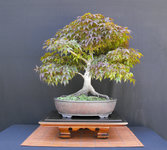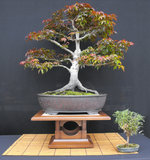gilly24
Seedling
In general, is it wise to do a trunk chop after defoliation (a planned trunk chop obviously) so the regrowth energy doesn't get wasted on parts of the tree that are unwanted?
I've recently defoliated a tree and am intending on chopping it around half way. Above the intended cut there are a lot of branches. Is keeping the top useful to have after defoliation, or will a chop help it recover quicker?
I've recently defoliated a tree and am intending on chopping it around half way. Above the intended cut there are a lot of branches. Is keeping the top useful to have after defoliation, or will a chop help it recover quicker?


